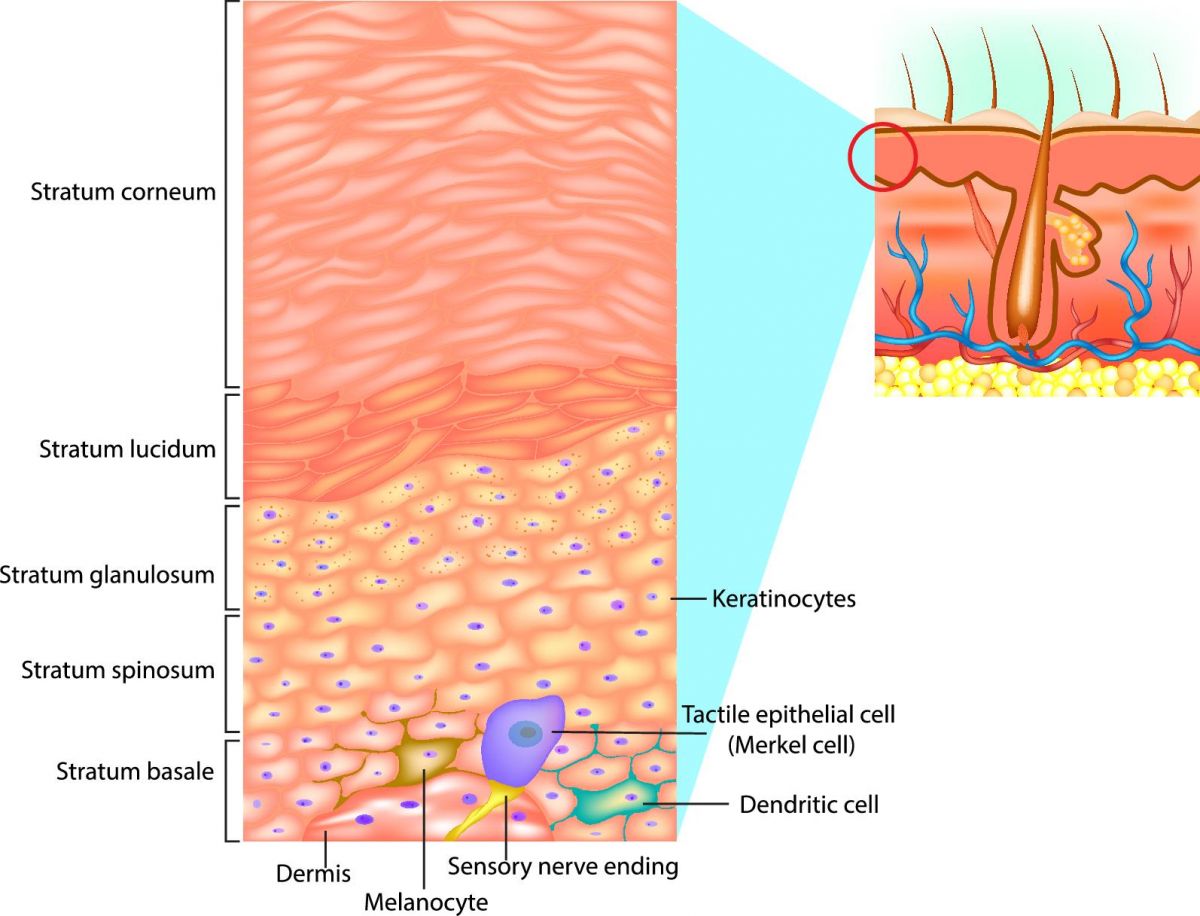
▶ Previous Artlcle: #9-4. Q-switched Nd:YAG Laser
When the principle of soft peel is examined, it can be found that carbon lotion is absorbed into the stratum cell layer of the epidermis, and the carbon absorbed between the stratum cell layers acts as a chromophore, causing the carbon to be exploded when the laser is irradiated.
This explosion causes the keratinocyte layer of the epidermis to be exfoliated, and then the new keratinocyte layers are rapidly regenerated.
The dermis stimulated by the explosion begins to produce collagen, which also has the effect of improving fine wrinkles, pores and elasticity through dermal regeneration.
.jpg)
[Advertisement] FCR® (Fractional Prickle CoralCalcium Regentron) – Manufacturer: (www.illglobal.com)]
Even in case of acne or inflammatory acne, carbon lotion is applied and then thermal stimulation is primarily applied to the dermis by using 300µs quasi long pulses rather, instead of Q-switches, to promote dermal layer regeneration, along with the immune modulation, one of the effects of 1064 nm wavelength, so as to reduce the inflammatory response and produce bactericidal effect directly, thereby quickening the alleviation of inflammatory acne.
Soft peel is performed with Q-switched 1064nm to exfoliate the stratum cell layer while the carbon lotion remains, as described above. The pore opening is opened to prevent the buildup of sebum in the pores.
Soft peel, therefore, takes a pivotal role in producing fast and good results in pigment programs and acne programs.

Figure 1. Epidermal cells and layers of the epidermis.
-To be continued.



















